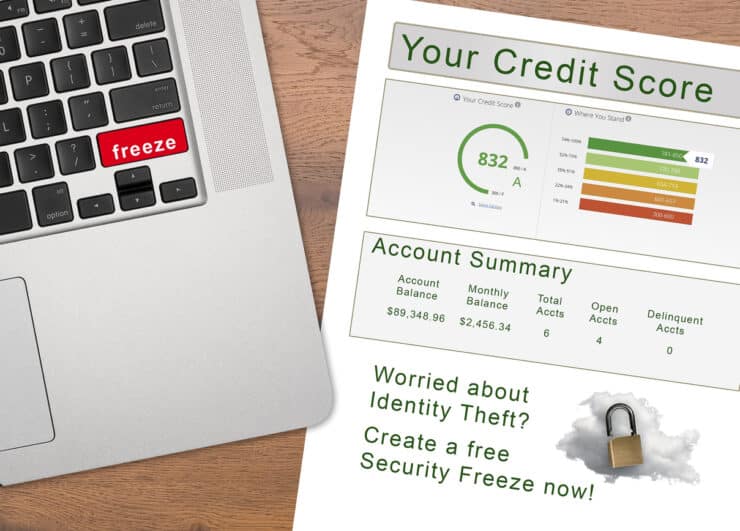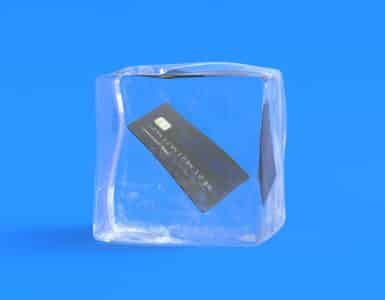One of the best ways to protect yourself from identity theft is to enable fraud alerts and credit freezes. They both work in similar ways but also have their differences. Let’s take a look at both.
Fraud Alert
A fraud alert is just what it sounds like, an alert to businesses/lenders/creditors that they should verify your identity before issuing any credit. You can place a fraud alert on your credit report for one year at a time. If you still want the alert in place after it expires, you can renew it. With a fraud alert in place, your credit report is still visible to lenders. The most common use of fraud alerts is when you think you’ve been the victim of identity theft or fraud and want to protect yourself for a short period of time. You can enable fraud alerts by contacting one of the three credit bureaus.
Credit Freeze
A credit freeze prevents companies/lenders/creditors from accessing your credit report. That means scammers basically have no shot of opening an account with your info because lenders won’t approve credit without accessing a credit report first. There are no time limits on credit freezes. You can enable a credit freeze by contacting all three of the credit bureaus.
Picking the Right One
When it comes to picking between fraud alerts and credit freezes, it can be beneficial to use both. A fraud alert is most helpful if you have been/think you have been the victim of fraud. As for credit freezes, it’s basically a good idea at all times. Yes, it can be a bit of a headache to unfreeze your credit when applying for a loan or new credit card, but a freeze provides a high level of security. It’s always better to be safe than sorry.






